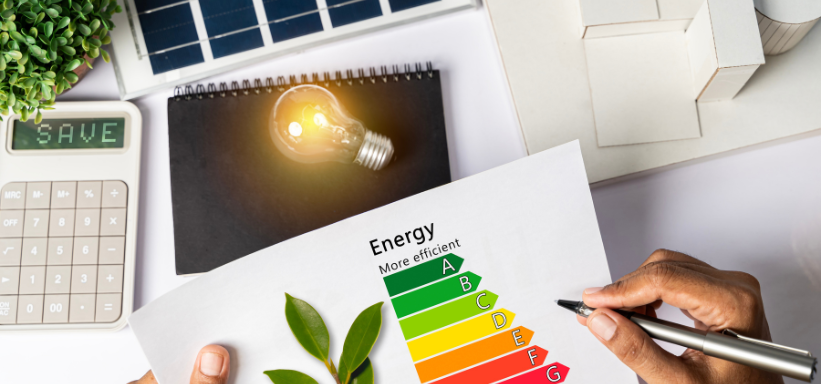Executive Summary
-
Explore how AI is transforming the renewable energy sector by enhancing efficiency and reducing costs.
-
Understand the key benefits and challenges of integrating AI into sustainable energy solutions.
-
Discover a real-world case study of a company successfully leveraging AI for renewable energy innovation.
-
Gain expert insights and tips on adopting AI technologies in sustainable energy projects.
Introduction
The global push towards sustainable energy is more pressing than ever. As climate change concerns mount and fossil fuel reserves deplete, the need for innovative renewable solutions becomes critical. Enter Artificial Intelligence (AI), a game-changer in optimizing and managing renewable energy sources. This article explores the intersection of AI and sustainable energy, illuminating how AI-driven innovations are not only enhancing efficiency but also paving the way for a greener future.
Definitions / Context
Artificial Intelligence (AI) is a branch of computer science that emphasizes the creation of intelligent machines that work and react like humans.
Sustainable Energy refers to energy sourced from renewable resources that are naturally replenished, such as wind, solar, and hydropower.
AI’s role in sustainable energy is pivotal as it introduces advanced data analytics, predictive maintenance, and smart grid management, thereby transforming how energy is produced, distributed, and consumed.
Benefits / Pros
-
Enhanced Energy Efficiency: AI algorithms can predict energy demand patterns, optimizing the operation of renewable energy plants.
-
Cost Reduction: Automation and predictive analytics reduce operational costs by minimizing downtime and maintenance.
-
Improved Decision-Making: Real-time data analysis assists in making informed decisions regarding energy distribution and storage.
-
Scalability: AI enables scalable solutions that adapt to increasing energy production needs.
Risks / Cons / Challenges
-
Data Privacy Concerns: The integration of AI requires extensive data collection, raising privacy and security issues.
-
High Initial Costs: The deployment of AI technologies demands substantial upfront investment.
-
Technical Complexity: Implementing AI solutions necessitates specialized knowledge and expertise.
-
Regulatory Challenges: Navigating compliance with evolving regulations can be daunting.
Step-by-Step Process: Implementing AI in Renewable Energy
-
Assess Current Systems: Evaluate existing energy systems and identify areas where AI can be integrated.
-
Data Collection: Gather extensive data on energy production, consumption, and environmental conditions.
-
Choose AI Technologies: Select appropriate AI tools and platforms tailored to your energy needs.
-
Pilot Testing: Initiate small-scale projects to test AI solutions and measure their impact.
-
Full-Scale Deployment: Roll out successful AI implementations across all operations.
-
Continuous Monitoring: Regularly monitor AI systems to ensure optimal performance and make necessary adjustments.
XYZ Energy, a leading solar energy provider, adopted AI to optimize its energy production. By implementing AI-powered predictive maintenance on its solar panels, XYZ Energy reduced downtime by 30% and decreased operational costs by 25%. The AI system also improved energy output forecasting, allowing the company to meet demand more reliably and efficiently.
Case Study: AI Innovation in Action
Expert Tips / Strategic Insights
-
Start Small: Begin with pilot projects to validate AI’s effectiveness before full-scale implementation.
-
Invest in Training: Equip your workforce with the necessary skills to manage AI technologies.
-
Collaborate with Experts: Partner with AI specialists to tailor solutions to your specific needs.
-
Stay Updated: Keep abreast of the latest AI advancements and regulatory changes in the energy sector.
Tools / Resources / Calculators
-
AI Energy Management Systems: Platforms like Grid Edge and AutoGrid offer comprehensive management solutions.
-
Renewable Energy Calculators: Tools to estimate potential energy savings and ROI from AI implementations.
-
Industry Reports: Access reports from organizations like the International Renewable Energy Agency (IRENA) for the latest insights.
Conclusion
AI is undeniably propelling the renewable energy sector towards greater efficiency and sustainability. By understanding its benefits, challenges, and implementation strategies, businesses can harness AI to drive their renewable initiatives forward. As the landscape evolves, staying informed and adaptable will be key.



















